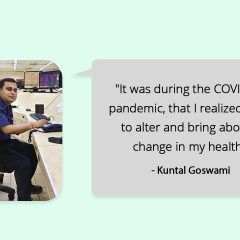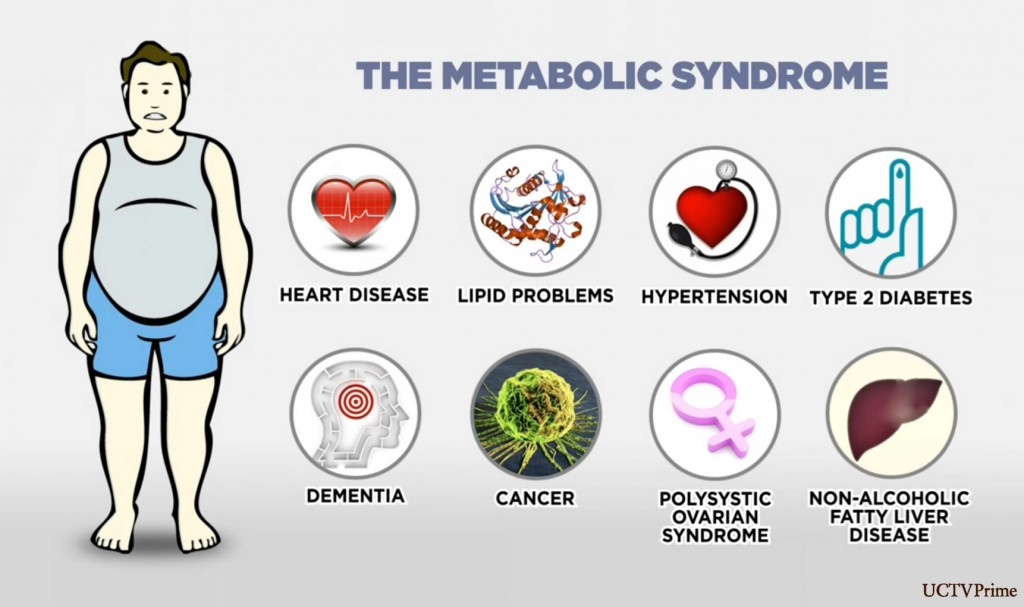 Syndrome X is also known as metabolic syndrome, cardio metabolic syndrome, insulin resistance syndrome, Reaven’s syndrome (named after Gerald Reaven an American endocrinologist and professor at Stanford University who has worked upon insulin resistance and diabetes), and CHAOS (in Australia). It’s one of the leading lifestyle related disorders.
Syndrome X is also known as metabolic syndrome, cardio metabolic syndrome, insulin resistance syndrome, Reaven’s syndrome (named after Gerald Reaven an American endocrinologist and professor at Stanford University who has worked upon insulin resistance and diabetes), and CHAOS (in Australia). It’s one of the leading lifestyle related disorders.
As is defined by Wikipedia-Syndrome X is a disorder of energy utilization and storage, diagnosed by a co-occurrence of three out of five of the following medical conditions: abdominal (central) obesity, elevated blood pressure (Hypertension), elevated fasting plasma glucose (Diabetes/ insulin resistance), high serum triglycerides (hypertriglyceridemia), and low high-density cholesterol (HDL) levels.
In today’s times you will seldom find people with one single issue. You more often meet people with multiple issues for e.g.: You will see a person who is diabetic also has hypertension, and has a big belly at the same time. So, would you categorize this person as a diabetic or hypertensive or obese? Well, None of these! It is Metabolic Syndrome
How do you categorize a person suffering from metabolic syndrome?
He should have any of these 3 categories positive. As per American Heart Association(2004)
- Elevated waist circumference:
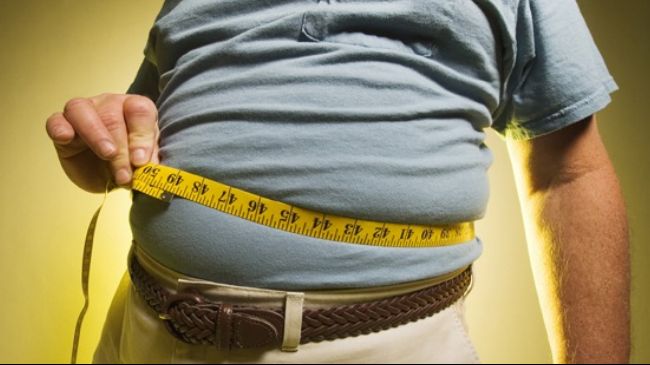
- Men — greater than 40 inches (102 cm)
- Women — greater than 35 inches (88 cm)
- Elevated triglycerides: Equal to or greater than 150 mg/dL (1.7 mmol/L)
- Reduced HDL (“good”) cholesterol:
- Men — Less than 40 mg/dL (1.03 mmol/L)
- Women — Less than 50 mg/dL (1.29 mmol/L)
- Elevated blood pressure: Equal to or greater than 130/85 mm Hg or use of medication for hypertension
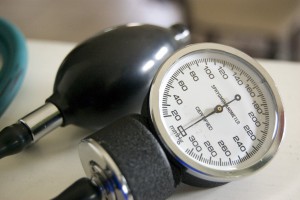
- Elevated fasting glucose: Equal to or greater than 100 mg/dL (5.6 mmol/L) or use of medication for hyperglycemia
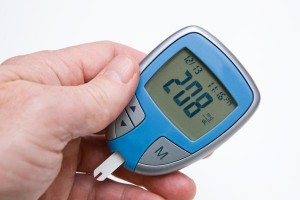
Let us concentrate on the prevention part rather than treatment as we already know prevention is better than cure. The prevention for Metabolic Syndrome is same as its treatment.
- Exercise daily for 30-60 minutes. Exercising increases the insulin sensitivity, helps reduce waist circumference, manages blood pressure and also improve HDL cholesterol. Exercise daily / Being active whole day is the requirement
- Lose weight if overweight. Nearing your IBW (Ideal Body Weight) helps to reduce the pressure exerted on the walls of the arteries to supply blood to all parts of the body. It also helps in better glucose uptake. Reducing even 10% of your body weight helps you control diabetes, blood pressure and weight
- Eat healthy and keep a check on the portions – Include a good amount of fruits and veggies in your daily diet. They are rich in fiber, vitamins and minerals. Fiber helps in maintaining blood sugar levels, choose whole grains and their products over the refined ones, choose low fat dairy products and lean proteins over red meat as red meat is high in fats and sodium. Go easy on saturated fats and trans fats like butter, ghee, margarine, vanaspati ghee, bakery products. Restrict cholesterol consumption to less than 300 mg/ day. Generally non-veg foods contain cholesterol. Veg sources do not contain cholesterol. Make it a point to check the nutritional label of the packaged foodstuff that you pick for cholesterol and Sodium content.
- Quit smoking and alcohol- Getting rid of your habits reduces the risk factor to a large extent by preventing damage to your organs. Alcohol raises triglyceride levels, helps increases belly fat and smoking induces chain reaction which destroys other organs too.
- Reduce stress levels- Stress hormone cortisol is known to increase blood sugar levels and create a negative impact on your body as well. Practicing deep breathing exercises and getting involved into your hobbies / recreational activities help curb the stress levels
Practicing these would not only help you lower the risk factors but also help lower your medication.
 Peanuts, commonly known as groundnuts or even monkey nuts are the cheapest and the healthiest protein available. A native to South America, Mexico and Central America it is an annual herbaceous plant, that grows almost at ground level.
Peanuts, commonly known as groundnuts or even monkey nuts are the cheapest and the healthiest protein available. A native to South America, Mexico and Central America it is an annual herbaceous plant, that grows almost at ground level.
 In my previous blog I talked about how sweating is good and the health benefits of Sweating. But, having said that let me also caution you that excessive sweating is also not very good
In my previous blog I talked about how sweating is good and the health benefits of Sweating. But, having said that let me also caution you that excessive sweating is also not very good

